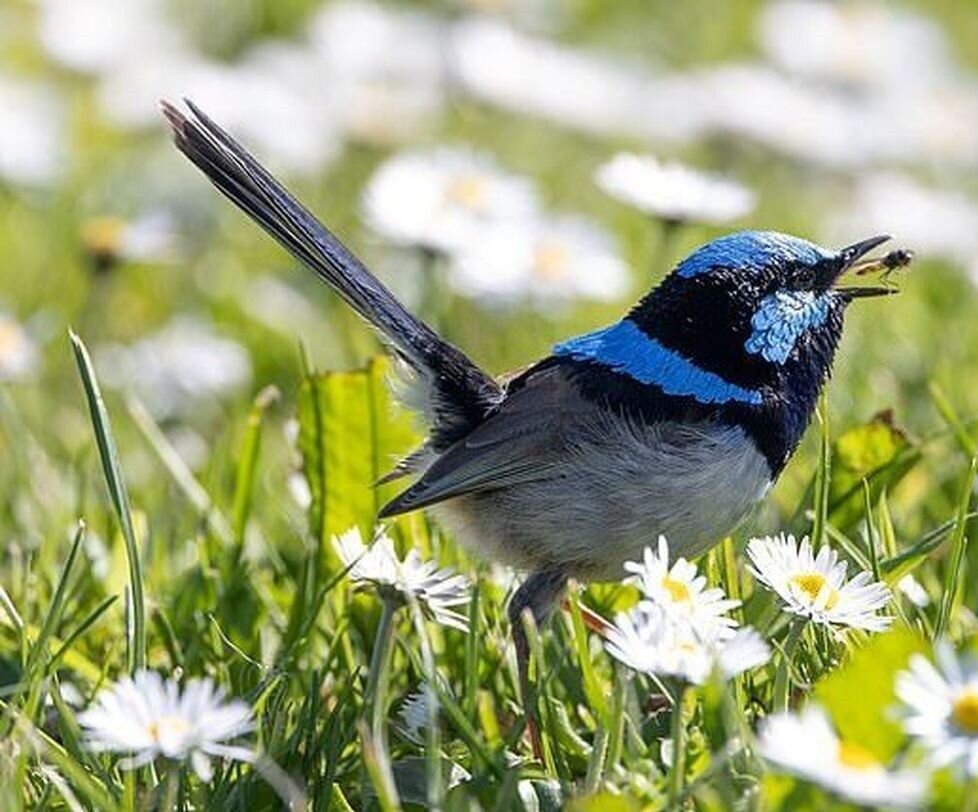‘Protect insects, protect birds’

TEHRAN –Each year the World Migratory Bird Day is celebrated on May 11 to raise awareness about the importance of migratory birds and the need to protect them.
Migratory birds play an important role in ecosystems globally by controlling pests, pollinating plants, and dispersing seeds.
The day is celebrated twice a year, both on the second Saturday of May and October.
The May celebration focuses on the spring migration, while the October celebration focuses on the fall migration.
This year it will be celebrated on 11th May and 12th October.
The theme for the 2024 annual celebration is ‘Protect insects, protect birds’.
It focuses on the crucial relationship between migratory birds and insects, highlighting their interdependent existence and the threats both face.
Insects are essential sources of energy for many bird species, not only during the breeding seasons but also during their extensive journeys, and greatly affect the timing, duration, and overall success of bird migrations.
Along their migration routes, birds actively seek out insects in fields, forests, wetlands, and various habitats during stopovers. The timing of bird migration often coincides with peak insect abundance at stopover locations, supplying nourishment for birds to replenish their energy reserves before continuing their journeys.
Iran hosts over 5% of world's wintering birds
Iran hosts more than five percent of the world's migratory birds in 450 sites in winter, the Department of Environment’s director for natural environment and biodiversity has said.
Encompassing numerous wetlands, reservoirs, and diverse water bodies, Iran welcomes millions of migratory birds every year. It is a wintering home for more than 1.8 million birds of 166 species, IRNA quoted Hassan Akbari as saying.
“Every year some 30 to 40 million birds are counted all over the world and the related statistics are recorded in the International Waterfowl Census (IWC) database,” he added.
The collected data and related analyses have significant scientific value in protecting wetlands, beaches, and biodiversity, he noted.
Iran joined the international census of wintering water birds as the first West Asian country at the same time as European countries in 1976.
In the early years, the counting of water birds was limited to the species that could be hunted including swans, geese, ducks, and common terns. Since 1987, other aquatic birds have been added to the list.
Pointing out that in the past 6 decades, the counting of wintering water birds in Iran has been a priority of the Department of Environment, he added, “Thanks to favorable geographical conditions, climatic diversity, wetlands, and aquatic habitats, including the Caspian Sea in the north, the Persian Gulf and the Oman Sea in the south, Iran hosts millions of migratory and wintering water birds yearly.”
Iran is considered the most important country providing valuable wintering habitats for birds on their migration route from Siberia to the Nile. Over 10 million migrant birds are estimated to take this route.
The annual census for migratory birds in Iran begins in the middle of the Iranian calendar month of Dey (December 22-January 20) and ends in the middle of the month of Bahman (January 21-February 19) in more than 450 sites in 30 provinces with the help of headquarters, provincial experts and professional birdwatchers of non-governmental organizations.
In the last three decades, over 8.1 million birds were counted on average, which is about five percent of the world's population of migratory birds and more than 16 percent of the population of migrant birds taking the route from Siberia to the Nile.
